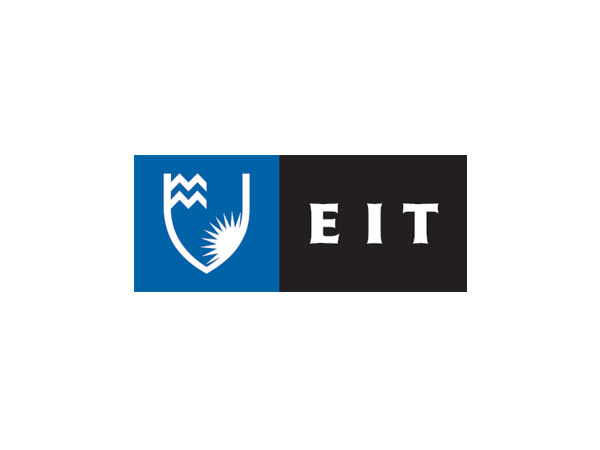Source: Eastern Institute of Technology – Tairāwhiti
52 seconds ago
Nourishing Hawke’s Bay: He wairua tō te kai works closely with the Government’s Ka Ora, Ka Ako school lunches programme which many of the participating Hawke’s Bay schools are involved in.
One in three secondary school students in Hawke’s Bay don’t eat breakfast, only one in ten eat the recommended 3+ vegetables a day, one in five spend more than five hours of their leisure time on screens, and just over half are a healthy weight, initial research findings reveal.
The collaborative research project, Nourishing Hawke’s Bay: He wairua tō te kai (NHB), is led by Professors David Tipene-Leach from the Eastern Institute of Technology (EIT) and Boyd Swinburn from the University of Auckland.
Researchers spent six months visiting 43 schools in the region and surveying almost 2300 students in Year 5 (primary) and Year 9 (secondary) about their wellbeing, physical activity, sleep, screen use, food behaviours, and measuring body size.
The EIT research team, together with colleagues from the University of Auckland, is working on this community centred initiative with the support of local community groups and schools. This project forms one of a number of healthy communities’ projects that researchers at EIT are involved in.
The aim of this work was to provide detailed regional data on the broad health of students to better understand the impact of initiatives to improve food security and health.
The research project seeks to combine mātauranga Māori and a ‘Systems’ approach to the improvement of food environments for rangatahi and tamariki in Hawke’s Bay and works closely with the Government’s Ka Ora, Ka Ako school lunches programme which many of the participating schools are involved in.
Project Manager Pippa McKelvie-Sebileau says there was a lot of interest from the schools to participate and identify the health and wellbeing issues facing their students.
She says that “students’ voice and their aspirations really matter”.
Food insufficiency, that is, children saying they were ‘hungry because there was not enough food at home’ or that ‘the food at home ran out and they had to wait before buying more’ was self-reported by 30 per cent of primary students in the schools in the least advantaged communities (low decile schools).
“But, even kids in more advantaged school communities are falling through the cracks and going hungry,” says Pippa.
Some other key findings are that mental health wellbeing in secondary school students is much lower than in primary school students; with a third of secondary school students at risk of reduced wellbeing and only half indicating they feel rested when they wake up in the morning.
The findings reveal that students with a screen in their bedroom get half an hour less sleep each night.
The NHB team presently works with Ka Ora, Ka Ako schools to help provide the best food systems possible for each school, assisting with networks of cooks and suppliers, provision of menu and set-up of school kitchens with Wharariki Trust.
This is designed to be a project with wide community, (including rangatahi), Ministry of Education and District Health Board input with these measurements forming the baseline data.
“Schools are a fantastic place to be making a difference to children’s nutrition and the Ka Ora, Ka Ako free and healthy school lunch programme is really a step in the right direction,” says Pippa.
“But there’s still ways we could be helping students across all schools. We really want to highlight the direct impact of good food on mood and wellbeing.”
The results of the survey can be found at https://www.eit.ac.nz/research-innovation/nourishing-hawkes-bay-he-wairua-to-te-kai/.



